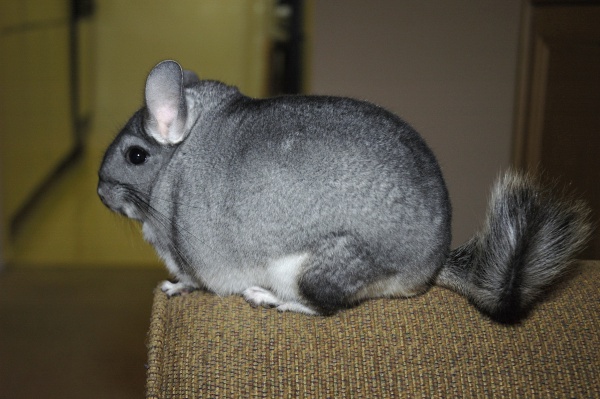Facts About Long-tailed chinchilla
The long-tailed chinchilla, also known as the Chilean, coastal, common, or lesser chinchilla, is one of two species in the Chinchilla genus, alongside the C. chinchilla. Regrettably, both species are endangered due to historical overhunting driven by the demand for their extraordinarily soft fur. Domestic chinchillas are believed to be descendants of C. lanigera and exist in three varieties: la plata, costina, and raton.
Historically, Chilean chinchillas inhabited the wild landscapes of Chile and Peru. As of 1996, wild populations still persisted in certain regions. The Chinchilla lanigera, the smaller of the two species, is characterized by distinct features such as body length, ear size, and tail length. Through selective breeding, domestic chinchillas are now available in a variety of colors.
Chinchillas possess several unique traits: a specific karyotype, an eye structure featuring a vertical slit pupil, and fleshy foot pads known as pallipes, enabling them to grasp objects with their forelimbs. As herbivores, they thrive on a high-fiber diet and require regular dust baths to maintain cleanliness.
Breeding seasonally, chinchillas have a gestation period of 110-124 days and can produce up to 6 litters per year. Newborns, fully furred and capable of running almost immediately, reach adulthood at around 8 months. Chinchillas typically live for about 10 years, although some can reach up to 20 years of age.
Due to their luxurious fur, chinchillas were extensively hunted, contributing to their current endangered status. In particular, the Chilean chinchilla is classified as endangered and is a high conservation priority in Chile. For those who breed chinchillas, it is essential to provide a dry, cool environment with specific temperature requirements to ensure their well-being.

 Bolivia
Bolivia